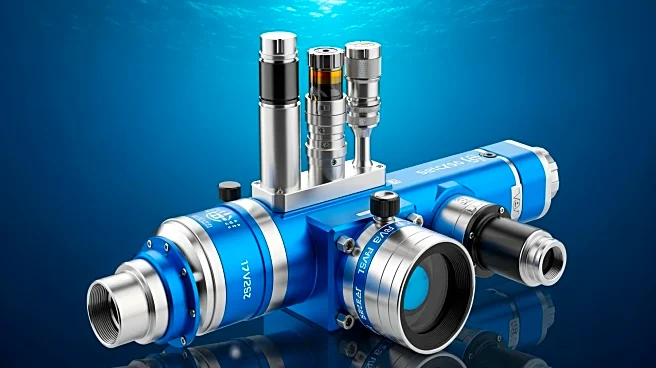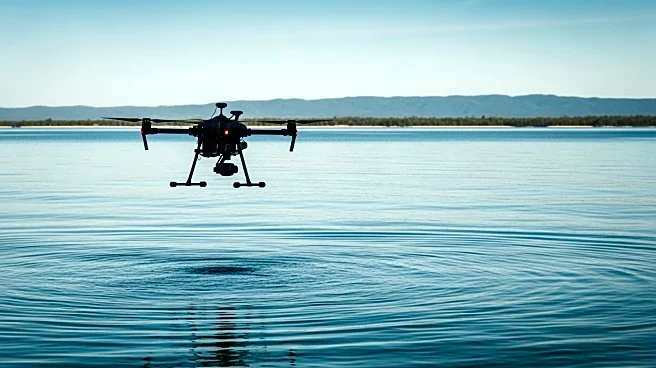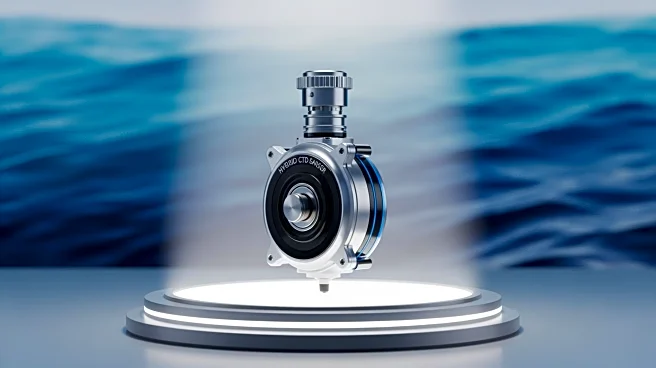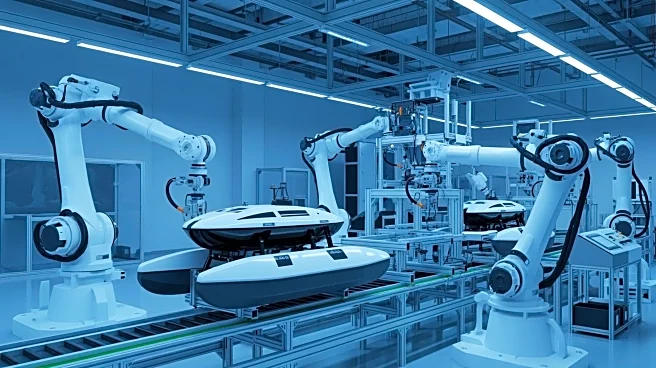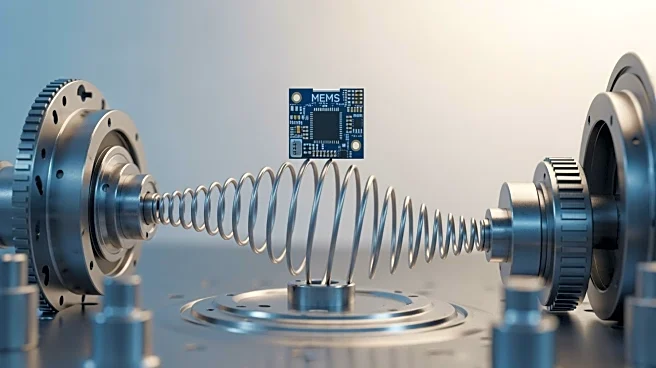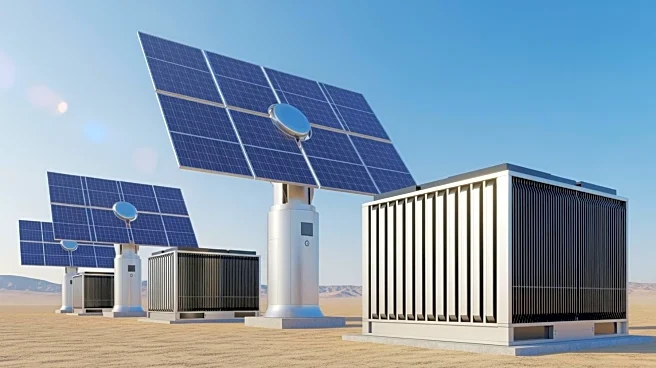What's Happening?
D-2 Inc. has unveiled a new hybrid-design Conductivity, Temperature, and Depth (CTD) sensor aimed at improving real-time oceanographic measurements for Unmanned Underwater Vehicles (UUVs), Autonomous Underwater Vehicles (AUVs), gliders, floats, and profilers.
The sensor features a hybrid two-electrode conductivity sensor with inductive drive, which eliminates the need for additional measurement electrodes and reduces the sensor's size. This design allows for accurate measurements without the interference of external electric fields. The sensor is equipped with a high-speed sheathed resistance temperature detector and a silicon pressure sensor, both fully thermally compensated. It offers programmable sampling rates and low power consumption, making it suitable for various marine applications. The sensor's data output is compatible with industry-standard formats, facilitating integration with existing systems.
Why It's Important?
The introduction of this hybrid-design CTD sensor by D-2 Inc. represents a significant advancement in marine technology, offering more precise and efficient data collection capabilities. This development is crucial for the oceanographic community, as it enhances the ability to monitor and understand marine environments. The sensor's compatibility with existing systems and its low power consumption make it an attractive option for long-term deployments, potentially reducing operational costs and increasing the frequency and quality of data collection. This innovation could benefit researchers, environmental monitoring agencies, and industries reliant on accurate oceanographic data, such as fisheries and offshore energy companies.
What's Next?
Following the unveiling, D-2 Inc. plans to conduct further field testing and demonstrations to validate the sensor's performance in various marine environments. The company may also explore partnerships with research institutions and commercial entities to expand the sensor's applications. As the sensor gains traction, it could lead to broader adoption across the oceanographic community, prompting further innovations in marine data collection technologies. Stakeholders in marine research and industry will likely monitor the sensor's deployment and performance closely, assessing its impact on data accuracy and operational efficiency.
